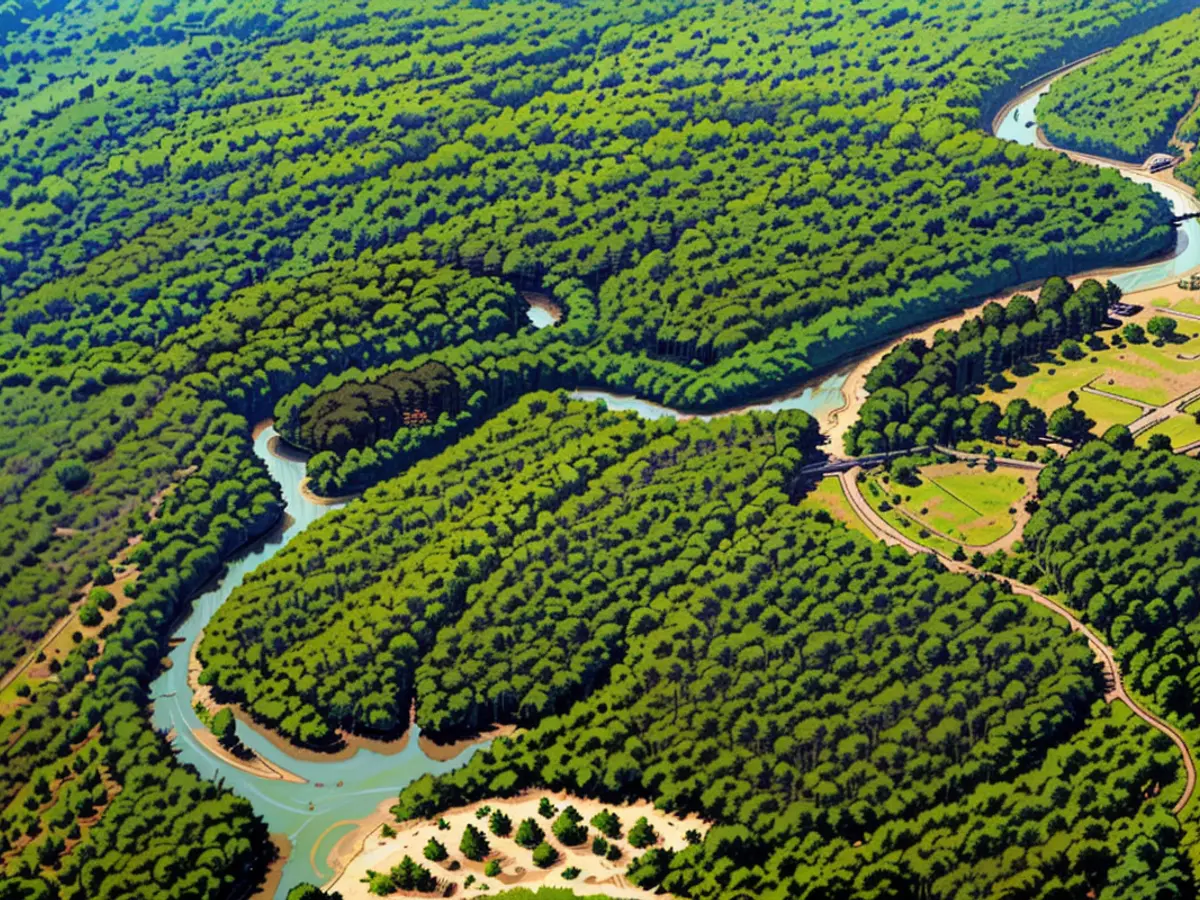- Forest damage changes the carbon balance of the Amazon rainforest
The southern Amazon rainforest is now emitting significantly more carbon dioxide (CO2) than it absorbs due to forest damage, according to an analysis of detailed aerial images in the Brazilian states of Rondônia, Mato Grosso, and Pará from 2016 to 2018. The study, led by Ovidiu Csillik of the California Institute of Technology in Pasadena, shows that forest damage has various causes, often involving human activity.
Threatened "green lung"
The Amazon rainforest in South America is home to more than ten percent of all terrestrial species on Earth, according to a recent study published in the journal "Nature". This region contributes to global climate stabilization through the net cooling effect of water evaporation and stores a significant amount of carbon, equivalent to the world's CO2 emissions for 15 to 20 years. However, deforestation and other forest damages threaten the Amazon rainforest's role as the "lungs of the Earth" for the world's climate. Recent measures by the Brazilian government have, however, reduced forest destruction.
"Satellite-based approaches, despite their greater range, suffer from coarse resolution, making it difficult to quantify the extent and intensity of forest damage," write the authors of the current study, reported in the journal "Proceedings of the National Academy of Sciences" ("PNAS").
Tree canopy height determined from the air
They used aircraft images, flown at a height of 600 meters in 99 transects over the study area. The team employed lidar technology, a laser scanning method similar to radar, to determine tree canopy height. The study area, covering 544,300 square kilometers (8.2% of the entire Amazon region), was flown over twice, at intervals of one to one and a half years.
Csillik and his team found forest damage on 21.6% of the surveyed area. Of this, 0.7% was due to logging, 0.7% to agricultural expansion, and 2.8% to fires. Almost all fires in the Amazon are caused by humans, resulting in a total of 4.2% of the area damaged by human activities. The team also found that 2.7% of the damaged area was due to windthrow, an unexpected high proportion. No change was observed in 62.1% of the area, while 16.3% showed clear signs of forest growth.
According to the study, this is not sufficient to offset the carbon emissions from the damaged areas. The total emissions over the study period amounted to 134.6 million tons of carbon, while the forest growth absorbed 44.1 million tons from the air. This results in an annual emission of 90.5 million tons of carbon between 2106 and 2018 on the studied area. However, the carbon balance of the soil was not taken into account. The authors conclude: "This study highlights the role of forest damage in the carbon balance of this critical region in the Earth system."
The Amazon rainforest, located in South America, is crucial for global climate stabilization due to its ability to store a large amount of carbon equivalent to 15 to 20 years of world CO2 emissions. Unfortunately, deforestation and other damages in regions like Rondônia, Mato Grosso, and Pará in South America are causing the Amazon rainforest to emit more CO2 than it absorbs, as revealed by a study conducted from 2016 to 2018.







